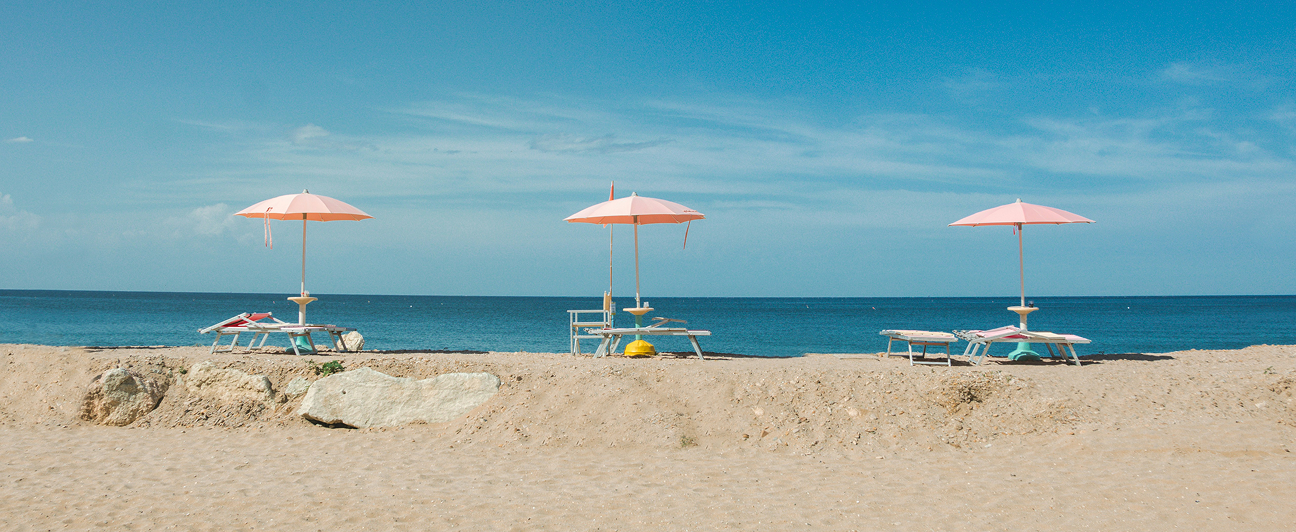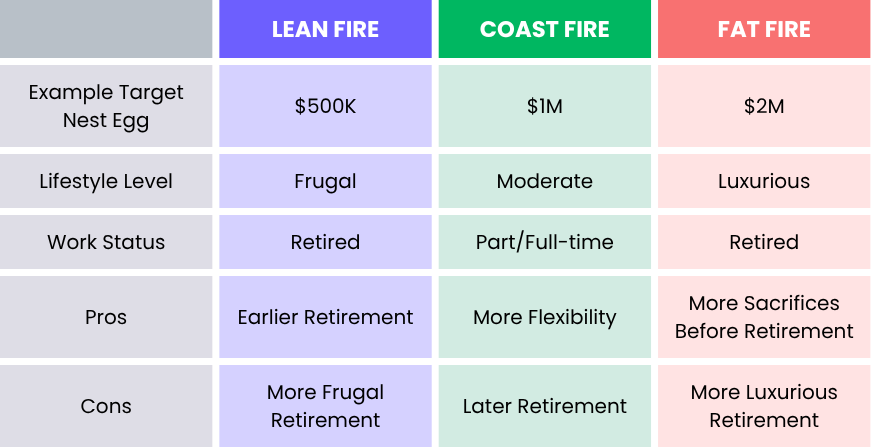What is Coast FIRE? A Simple Path to Early Freedom

Coast FIRE flips traditional retirement planning on its head. Instead of grinding until 65, you front-load your investments so compound growth does the heavy lifting. In this guide, we unpack the math, show a relatable example, and give you a step-by-step roadmap to hit Coast FIRE even if you earn an average salary. Ready to trade hustle culture for financial breathing room? Keep reading.
Millennials juggling student loans, inflated rent, and job uncertainty often wonder if the dream of early retirement is realistic or just TikTok hype. The good news: it is possible when you understand Coast FIRE, a branch of the Financial Independence Retire Early movement that feels tailor-made for people who want options sooner without living on ramen forever.
What exactly is Coast FIRE?
The phrase Coast FIRE stands for coasting to Financial Independence, Retiring Early. You invest aggressively in your 20s or early 30s until your portfolio can grow on its own to your target retirement number by age 60-65. After hitting that threshold, you stop saving for retirement entirely. You still work, but only to cover current expenses, freeing up cash flow for travel, career pivots, or taking a lower-stress job.
This approach hinges on compound interest. When your nest egg has enough runway, it snowballs without further contributions.
The math behind Coast FIRE
To calculate your Coast FIRE number, you reverse engineer traditional retirement math:
- Choose a full retirement age, often 60-65.
- Estimate the future value you'll need (25x annual spending is a popular rule).
- Use a reasonable annual return (like 7 percent after inflation) to find how much you need today so that future value is met without new contributions.
If you want $1 million by 65 and expect 7 percent real growth over 30 years, the present value is roughly $131,000. Hit that balance at age 35 and you can coast.
Quick example: Natalia, age 30
Natalia spends $45,000 a year. She targets 25x spending or $1.125 million by 65. With 35 years left and a 7 percent return, her Coast FIRE threshold is about $105,000. Once she hits that, she can scale retirement contributions to zero and only fund current living costs.
Why Coast FIRE resonates with millennials
Coast FIRE has become popular among millennials for a few reasons:
- Flexibility beats full FIRE’s austerity
- Less pressure to earn massive salaries
- Permits career breaks for caregiving or upskilling without derailing retirement
- Reduces burnout risk common in hustle culture
It's especially attractive for U.S. workers who expect healthcare via employers until Medicare kicks in, making full early retirement trickier.
Steps to reach Coast FIRE
1. Calculate your target number
Use our Financial Independence Number guide to size the pot.
2. Max out tax-advantaged accounts early
401(k)s, 403(b)s, HSAs and Roth IRAs let your money compound tax free or tax deferred. Review IRS contribution limits on the official IRS page.
3. Invest aggressively in diversified index funds
Time in the market typically beats timing the market. Low-cost index ETFs are historically reliable, as discussed in our ETF vs Index Fund comparison.
4. Keep expenses in check
You don't need extreme frugality, but following the 50/30/20 budget rule can free 20 percent or more for investments.
5. Automate and review annually
Set recurring transfers, then revisit your Coast FIRE timeline yearly to stay on track.
Common pitfalls and how to avoid them
When putting together your Coast FIRE plan, watch out for these common mistakes:
- Underestimating inflation: Use real returns, not nominal.
- Pausing contributions too early: Confirm you hit the required present value.
- Draining retirement accounts for emergencies: Keep a separate emergency fund.
Watch out for lifestyle creep as well. A sudden upgrade in spending raises the final number and may pull you out of Coast FIRE territory.
Coast FIRE vs traditional FIRE flavors
Coast FIRE isn't the only strategy to retire early. Some other examples include:
- Lean FIRE: Spartan living with a small next egg. For example, quitting at 35 with $600k but living very lean.
- Fat FIRE: More luxurious living with a higher spending target. For example, retiring at 45 with $2.5 million.
- Coast FIRE: Sits between them, focusing on time freedom rather than quitting work entirely. For example, working part-time at 35 with $130k invested.

Case study: A realistic millennial journey
Example: Alex earns $70k, saves $18k per year in a 401(k) and Roth IRA, and has $30k saved at age 28. Assuming 7 percent returns, Alex reaches the $150k Coast FIRE threshold by 33. At that point, Alex reduces retirement contributions to zero, leaving investments to grow to $1.3 million by 65 while redirecting $1,500 dollars a month toward a house down payment and travel.
How to decide if Coast FIRE is right for you
If you crave flexibility but still want the psychological safety of a paycheck, Coast FIRE offers a balanced approach. It's also compatible with long-term goals like homeownership and the desire to switch careers or start a business in 5-10 years. However, you still need to be comfortable working at least part-time later so that you receive the value of employer health insurance.
FAQ
Is Coast FIRE realistic on a median U.S. income?
Yes. A household earning around $70k can hit Coast FIRE within 10-12 years by saving 25-30 percent early on, thanks to compound interest.
Do I have to stop contributing completely once I reach Coast FIRE?
No. Many choose to keep small automatic contributions or employer matches to add margin, but it's optional.
What happens if the market underperforms?
You can resume contributions, delay full retirement, or adjust spending. Coast FIRE gives flexibility because you're still working and have income.
How is Coast FIRE taxed?
Your portfolio growth follows normal capital gains or retirement account rules. During the coasting years, taxes are usually lower because you're not contributing large amounts to taxable investments.
Coast FIRE offers a refreshing path for millennials who crave freedom without sacrificing security. By front-loading investments, letting compound growth work, and maintaining flexible income, you can enjoy life now and still retire comfortably later. Ready to run your numbers? Let Steve help you craft a personalized plan.
Your First Step
To Financial Freedom Starts Now
Steve helps you take control of your money, one small step at a time. No guilt. Just progress.




